Investing in a refurbished iPhone is a smart choice for many, offering the premium experience of an Apple product without the hefty price tag of a brand-new device. However, one crucial aspect that significantly impacts the user experience is the battery life of the used iPhone. Unlike brand-new counterparts, refurbished iPhones have had a life before, and their batteries might have experienced varying degrees of usage, which could potentially affect their longevity and performance.
Here are some key points regarding battery life in a refurbished iPhone:
- Longevity: The battery’s lifespan is a determinant of how long you can use your iPhone before needing a replacement.
- Performance: A well-performing battery ensures that your iPhone operates efficiently, providing the necessary power to run applications smoothly.
- Convenience: With a good battery life, the hassle of frequent charging is reduced, providing a more convenient user experience.
In the world of iPhones, when you experience poor iPhone battery life, it’s a common practice to either boost or replace batteries to enhance their performance, making them ready for their new owners. Here’s a brief on what these terms entail:
- Boosting: This involves servicing the existing battery to improve its capacity or performance without replacing it.
- Replacing: This is the process of swapping the old battery with a brand-new or better-performing one.
The best practice is to keep your iPhone battery healthy. But when it eventually fails through years of use, these practices are aimed at rejuvenating the device, ensuring it meets the performance standards that users expect from an Apple product, even if it’s refurbished. The distinction between a boosted and a replaced battery is significant, and understanding this difference is crucial for anyone looking to invest in a refurbished iPhone. In the ensuing sections, we will delve deeper into what a boosted battery means, how it stacks up against a replaced battery, and how you can check the status of the battery in your refurbished iPhone to ensure you’re making a wise investment.
iPhone Battery Boosting versus Replacing Battery
What is a ‘Boosted’ Battery?
A ‘boosted’ battery refers to a battery that has undergone a servicing process to improve its performance or capacity without replacing it. This could involve various techniques such as recalibration, cleaning the battery contacts, or even using software to optimize battery performance. The goal is to extend the battery’s lifespan and improve its efficiency, making the refurbished iPhone more reliable for the next user.
What is boosted battery in iPhone
The “Boosted Battery” in iPhones refers to a feature introduced in iOS 17 aimed at enhancing the device’s battery life and charging efficiency. This feature leverages advanced machine learning algorithms to optimize charging patterns based on the user’s daily usage habits. Here are some key aspects of the Boosted Battery feature:
- Adaptive Charging: Learns your routine to delay charging past 80%, reducing battery aging.
- Battery Health Monitoring: Adjusts charging based on usage patterns to prolong battery lifespan.
- Dynamic Power Management: Manages app and background process power consumption efficiently.
- Enhanced Charging: Optimizes charging speed and efficiency, minimizing heat generation.
Can iPhone batteries be replaced?
Yes, iPhone batteries can be replaced. You can get it replaced at Apple stores, authorized service providers, or third-party repair shops. You can also do it yourself with a replacement kit, but this might void your warranty.
Differentiating Between Boosting and Replacing a Battery
While both boosting and replacing aim to improve battery performance, they are fundamentally different:
Boosting:
-
- Involves servicing the existing battery.
- Aims to restore the battery’s performance to a satisfactory level.
- Is generally a cheaper and quicker solution.
Replacing:
- Involves removing the old battery and installing a new or better-performing one.
- Provides a fresh start with a new battery lifespan.
- Is a more reliable solution but could be more expensive and time-consuming.
Disadvantages of Boosting a Battery Compared to Replacing It:
While boosting a battery can provide a temporary fix, it may not always be the best solution in the long run. Here are some disadvantages:
- Limited Lifespan Extension: Boosting can only extend the battery’s lifespan to a certain extent, and may not restore it to its original performance levels.
- Temporary Fix: It may only provide a temporary solution to underlying battery issues, which could re-emerge later.
- Inconsistent Performance: Boosted batteries might exhibit inconsistent performance, with fluctuating battery life and sudden drops in power.
- Potential Safety Concerns: If not done correctly, boosting a battery could potentially pose safety risks.
On the other hand, replacing the battery:
- Ensures a Longer Lifespan: A new battery comes with a full lifespan, ensuring a longer and more reliable performance.
- Offers Consistent Performance: With a new battery, you can expect consistent performance without sudden drops in power.
- Is a Safer Option: Replacing the battery is generally a safer option as it eliminates the risks associated with older, potentially damaged batteries.
In the next sections, we will explore how to check the battery status of your refurbished iPhone and when it might be a good idea to have your iPhone serviced for battery issues.
How to Check Your iPhone’s Battery Life
Navigating to the Battery Health Settings:
Checking the battery health of your refurbished iPhone is a straightforward process:
- Open the Settings app on your iPhone.
- Scroll down and tap on Battery.
- Now tap on Battery Health.
Here, you’ll find valuable information regarding your battery’s capacity and performance capability.
Interpreting the Battery Health Percentage:
Under the Battery Health section, you’ll see a percentage next to Maximum Capacity. This percentage reflects the battery’s level of wear and tear:
- A battery close to or at 100% indicates minimal to no wear, suggesting that the battery is in excellent condition.
- A lower percentage, say 80%, indicates that the battery has experienced some wear and can now hold only 80% of its original charge.
The closer this percentage is to 100%, the better the battery’s health.
Other Indicators of Battery Health Within the Settings:
Besides the Maximum Capacity percentage, other indicators within the Battery Health section can provide insights into your battery’s condition:
- Peak Performance Capability: This section informs you if the battery is currently supporting normal peak performance or if any performance management features have been applied to prevent unexpected shutdowns.
- Battery Recommendations: If your iPhone’s battery has significantly degraded, you might see a recommendation to replace the battery.
Additionally, under the main Battery section, you can explore the Battery Usage by App to see which apps are consuming the most power, which can also be a helpful indicator of battery performance.
With the introduction of the iPhone 13 series, major upgrades in battery capacity came across all models. The increase ranged from a 10% bump in the mini to nearly a 20% increase in the iPhone 13 Pro Max. This resulted in significant gains in battery life, with the iPhone 13 Pro Max being the longest-lasting iPhone ever.
Utilizing Third-Party Apps to Check for a Boosted Battery
Introduction to Specific Apps and their Features:
While the built-in Battery Health feature provides a good amount of information, third-party apps can offer a more detailed insight into your refurbished iPhone’s battery condition. Here are a couple of reputable apps you might consider:
CoconutBattery:
-
- Available for macOS, this app provides detailed information about your iPhone’s battery, including its current charge, maximum charge, design capacity, cycle count, and more.
- It also allows you to view the battery’s charging history, which can be helpful in identifying any unusual patterns.
iMazing:
-
- Available for both macOS and Windows, iMazing provides a comprehensive set of battery analysis tools.
- It displays the battery’s actual capacity, design capacity, cycle count, temperature, and more.
These apps can provide a deeper understanding of your battery’s health and whether it has been boosted.
How to Interpret the Data Provided by These Apps to Identify a Boosted Battery:
Interpreting the data from these apps can help you identify a boosted battery. Here’s what to look for:
Cycle Count:
-
- A lower cycle count indicates a less used battery, while a higher count suggests the battery has been used more extensively.
- If the cycle count is low but the maximum capacity is significantly lower than the design capacity, it might indicate a boosted battery.
Maximum Capacity vs. Design Capacity:
-
- A significant discrepancy between the maximum capacity and the design capacity could indicate a boosted battery.
Charging History (if available):
-
- Unusual fluctuations in the charging history might suggest that the battery has been boosted to improve its performance.
Battery Temperature:
-
- Consistently high temperatures could indicate a battery that’s working harder than normal, possibly due to boosting attempts.
By analyzing this data, you can get a better understanding of whether the battery in your refurbished iPhone has been boosted, and if so, how it might impact the device’s performance and longevity. Armed with this information, you can make more informed decisions regarding your refurbished iPhone purchase or whether to seek professional battery service.
When to Have Your iPhone Serviced
Poor battery life can lead to common iPhone issues. Identifying Signs of Deteriorating Battery Health:
Over time, all batteries wear down, and identifying the signs of deteriorating battery health is crucial to maintain a good user experience. Here are some common signs:
- Reduced Battery Life: If your iPhone isn’t lasting as long on a full charge as it used to, it’s a clear sign of deteriorating battery health.
- Unexpected Shutdowns: If your iPhone shuts down unexpectedly, especially when the battery life indicator shows some charge remaining, it’s a sign of a problematic battery.
- Slow Performance: Batteries play a crucial role in device performance. If your iPhone is performing slower than usual, it might be due to a deteriorating battery.
- Battery Percentage Jumps: If the battery percentage jumps up or down significantly in a short period, it’s a sign of battery issues.
- Overheating: While some warmth during charging or heavy use is normal, excessive heat might indicate a battery problem.
Recommendations on When to Seek Professional Battery Service or Replacement:
If you notice any of the above signs, it might be time to consider having your iPhone serviced. Here are some recommendations:
Check Battery Health:
-
- Initially, check the Battery Health in the settings to see the Maximum Capacity and Peak Performance Capability.
- If the Maximum Capacity is significantly reduced or performance management has been applied, consider seeking professional service.
Professional Diagnosis:
-
- If you’re experiencing battery issues, it’s wise to have a professional diagnose the problem to understand the extent of the issue.
Battery Replacement:
-
- If your refurbished iPhone’s battery has a Maximum Capacity below 80% or experiences unexpected shutdowns, it’s a good time to consider a battery replacement.
- Replacing the battery at an authorized service provider ensures that you get a genuine battery installed properly, which can significantly improve your iPhone’s performance and longevity.
Regular Service Check-ups:
-
- Regular check-ups at a professional service center can help catch battery issues early and keep your iPhone running smoothly.
By paying attention to the signs of deteriorating battery health and seeking professional service when necessary, you can extend the lifespan and improve the performance of your refurbished iPhone, ensuring a satisfying user experience.
Making an Informed Purchase
Weighing the Pros and Cons of a Boosted Battery in a Refurbished iPhone:
When considering a refurbished iPhone, understanding the implications of a boosted battery can help you make a more informed decision. Here are the pros and cons:
Pros:
- Cost-Effectiveness: Boosting a battery is generally cheaper than replacing it, making the refurbished iPhone more affordable.
- Environmental Impact: Boosting extends the life of the existing battery, contributing to less electronic waste.
Cons:
- Limited Lifespan Extension: Boosting can only do so much to rejuvenate a battery, and its effectiveness diminishes as the battery continues to age.
- Potential Performance Issues: Boosted batteries may not provide as consistent or reliable performance as new or replaced batteries.
- Possible Safety Concerns: If not done correctly, boosting a battery could potentially pose safety risks.
Tips on Ensuring You’re Getting a Refurbished iPhone with a Reliable Battery:
Here are some tips to ensure that the refurbished iPhone you’re considering comes with a reliable battery:
Check Battery Health:
-
- Before purchasing, check the Battery Health in the settings to get an idea of the battery’s condition.
- Look for a Maximum Capacity close to or above 80% for a more reliable battery performance.
Ask About Battery Service History:
-
- Inquire about any previous battery servicing, including whether the battery has been boosted or replaced.
- Ask for documentation if available, to verify the claims.
Consider Certified Refurbished:
-
- Opt for certified refurbished iPhones as they often come with a new battery or have undergone rigorous testing to ensure the battery is in good condition.
Warranty:
-
- Look for refurbished iPhones that come with a warranty, which can provide peace of mind and an option for battery service if issues arise later.
Use Third-Party Apps:
-
- Utilize third-party apps to get a more detailed insight into the battery’s condition and history.
Professional Inspection:
-
- If possible, have a professional inspect the battery before making a purchase to ensure it’s in good condition and hasn’t been improperly boosted.
By taking these steps, you can significantly increase the chances of getting a refurbished iPhone with a reliable battery, ensuring a better user experience and a longer-lasting device. Making an informed purchase will not only save you from potential hassles down the line but also ensure that you get the most value out of your investment in a refurbished iPhone.
Afterthoughts:
Investing in a refurbished iPhone is a savvy way to enjoy the premium features of an Apple device without the hefty price tag. However, the battery’s condition plays a pivotal role in determining the overall user experience and longevity of the device. Throughout this guide, we’ve explored:
- The concept of a boosted battery and how it differs from a replaced battery.
- The significance of checking for a boosted battery when considering a refurbished iPhone.
- How to check your iPhone’s battery life using the built-in settings and third-party apps.
- Identifying signs of deteriorating battery health and when to seek professional battery service or replacement.
- Tips on making an informed purchase to ensure you’re getting a refurbished iPhone with a reliable battery.
The journey towards owning a refurbished iPhone comes with its set of considerations, with the battery’s condition being a paramount factor. A little diligence in checking the battery status, understanding the implications of a boosted battery, and making an informed decision can go a long way in ensuring a satisfying user experience.
So, as you venture into the realm of refurbished iPhones, arm yourself with the knowledge shared in this guide. Take the time to check the battery status, ask the right questions, and make a well-informed purchase. Your diligence will pay off, ensuring that your refurbished iPhone serves you well for a long time to come.
“At Techable.com, we pride ourselves on breathing new life into premium Apple products. Dive into our collection of expertly refurbished iPhones, MacBook Pros, MacBooks, MacBook Airs, Mac Pros, iPhones, and other select devices. Each product undergoes rigorous quality checks to ensure it meets our high standards, ensuring you receive the best of Apple without the premium price tag. And because we stand firmly behind the quality of our products, we offer an industry-leading warranty of up to 3 years on our devices. Still on the fence? Our 30-day return policy ensures peace of mind with every purchase. Choose Techable, where quality meets affordability.”



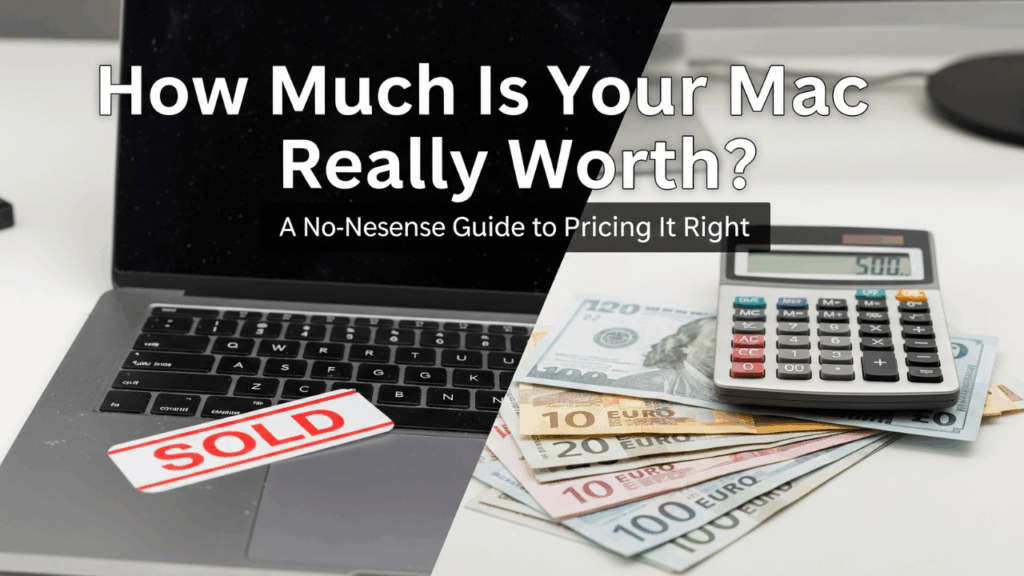


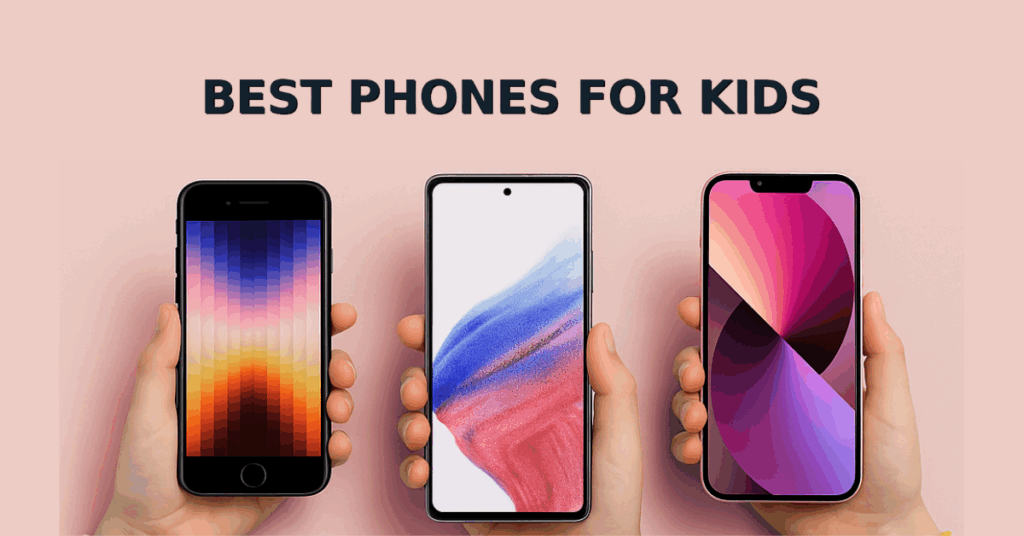


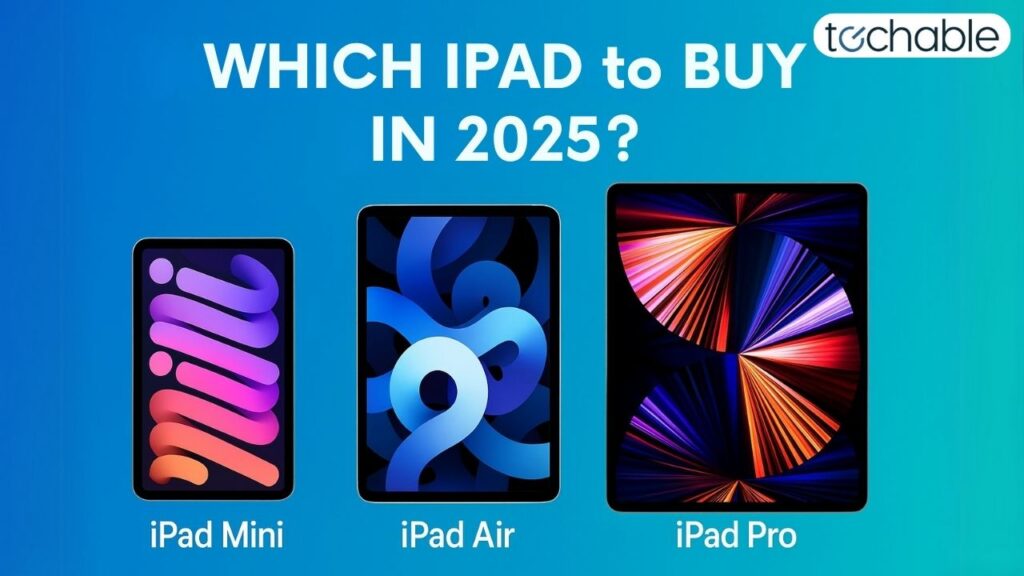
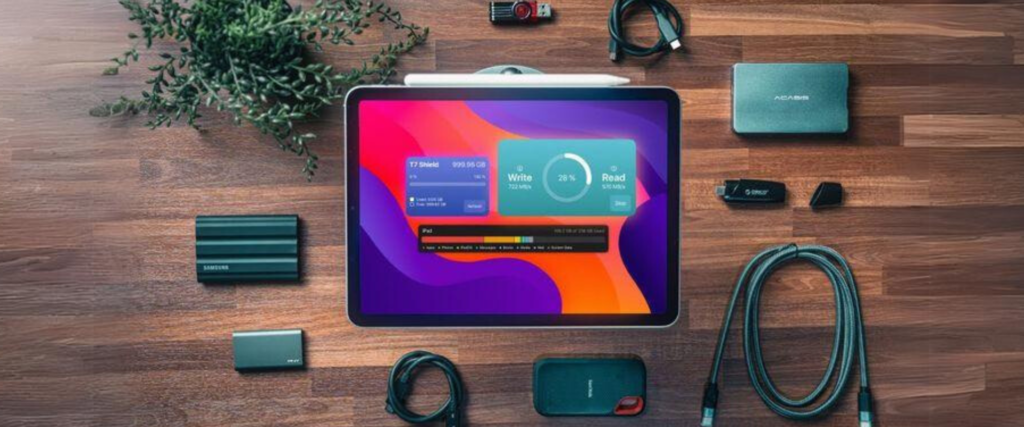

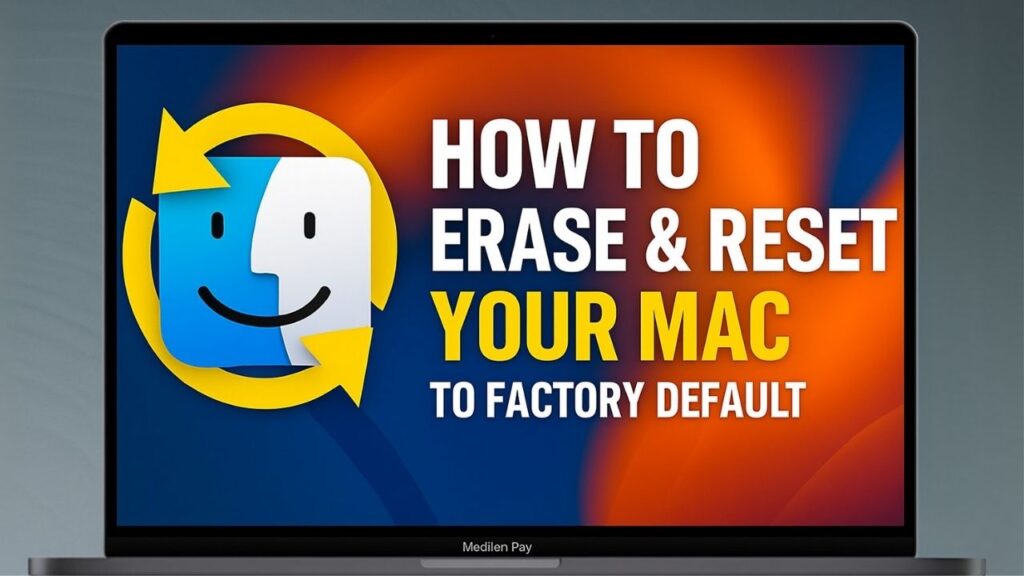
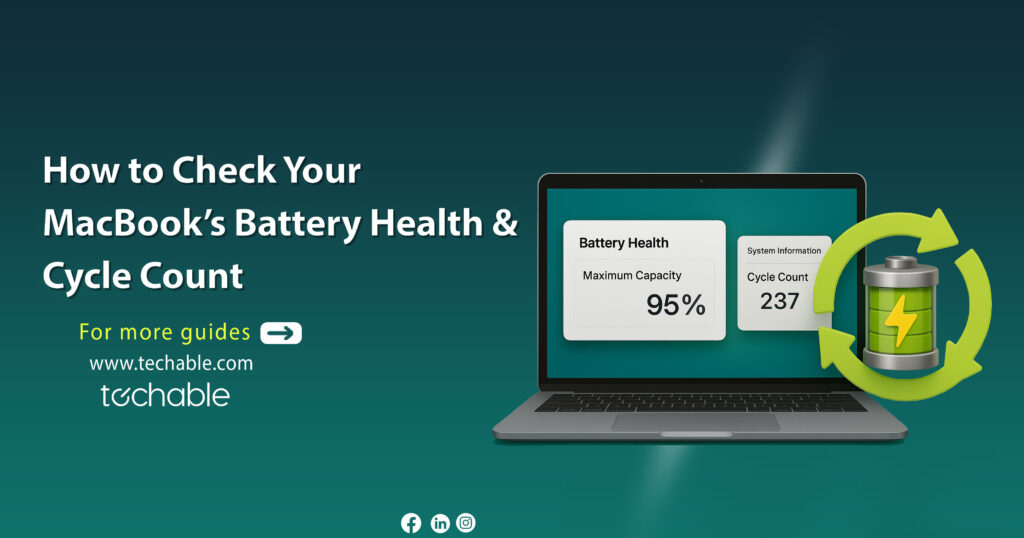
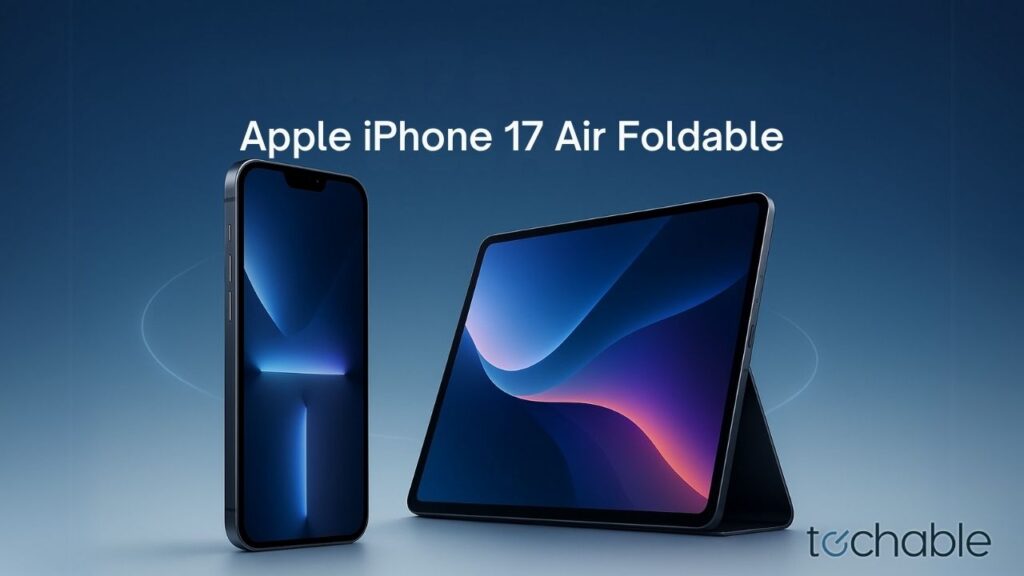

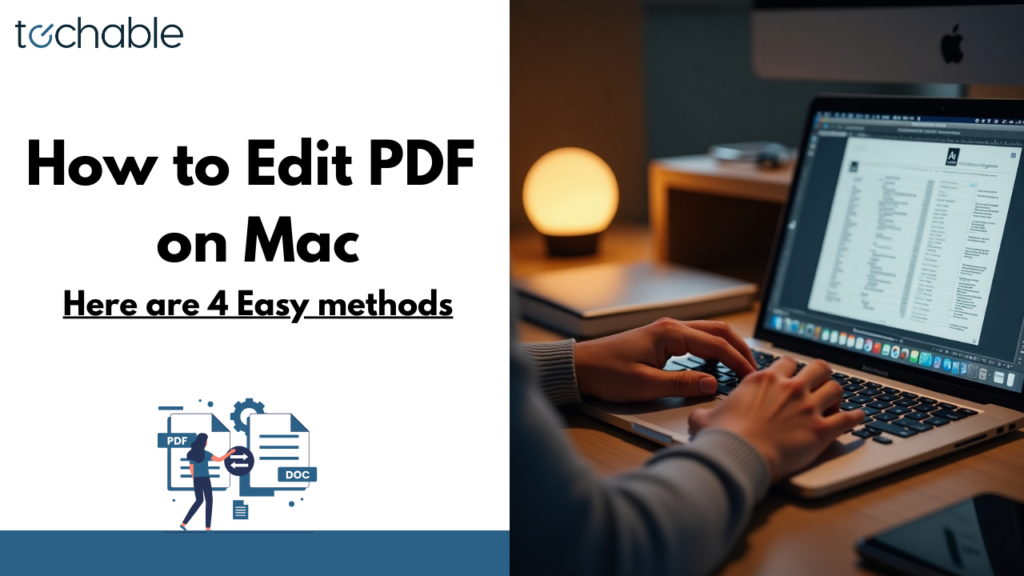

0 Comments